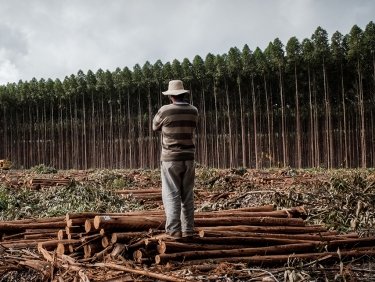The reasons for land grabs are as diverse as the players and the land deals themselves – financial players who discovered land and water as safe investments following the financial crisis; corporations and investors profiting from soybean, palm oil, cut flowers or CO2 certificates through tree monocultures; and countries like Saudi Arabia or South Korea which, on the back of the food crises, sought new, cultivable land for the benefit of their citizens. The upshot is that they often operate in grey areas of the law between traditional land rights and codified ownership structures. They are supported by multinational institutions like the World Bank and also by governments hoping for an economic upturn and development - or even just private profit.
Africa and Asia are especially affected by land grabbing, but Europe and Australia, too, are witnessing a steady increase in the sell-off of huge swathes of land, be it for industrial and large-scale production of food, animal feed, plant-based commodities, agrofuels, for reforestation for carbon offsetting, or purely as an object of speculation. In most instances, water grabbing also plays a crucial role, in that water is siphoned away from local people and used to irrigate monocultures, and is thus exported with the products cultivated. The price is paid by smallholders, herders, fisherfolk and all those whose livelihoods depend on the long-term use of land. Peasant farming suited to the region is being displaced by agribusiness, in which land becomes a commodity and a means of profit maximisation. It is a model that has already cost millions of people their livelihoods.

